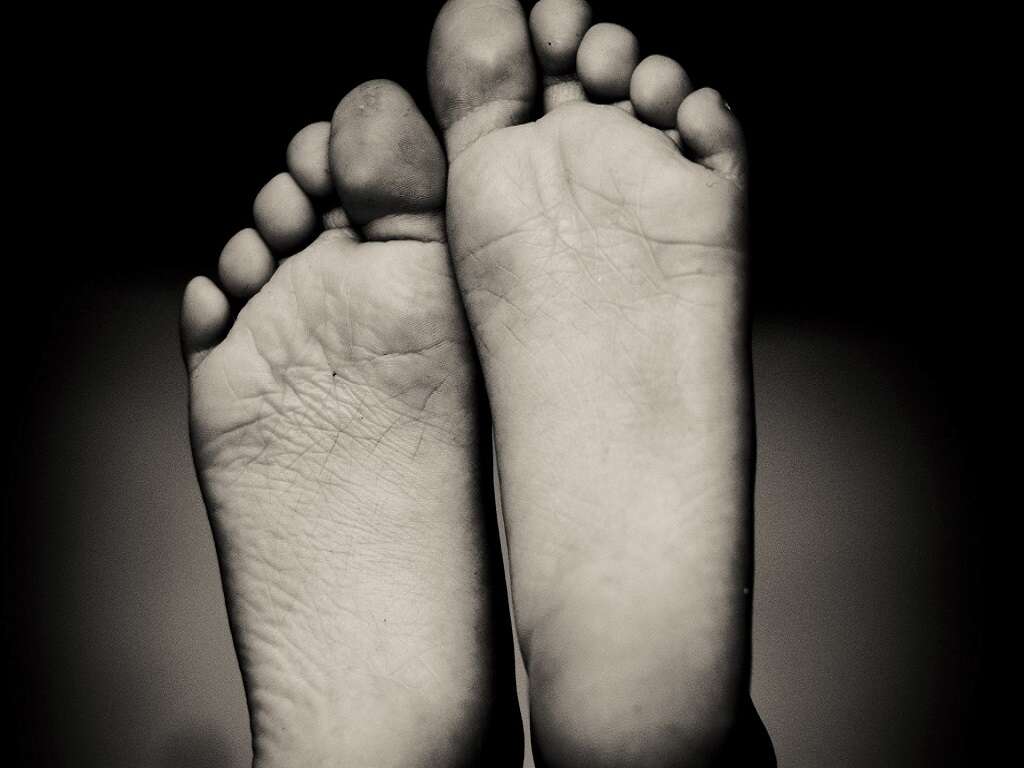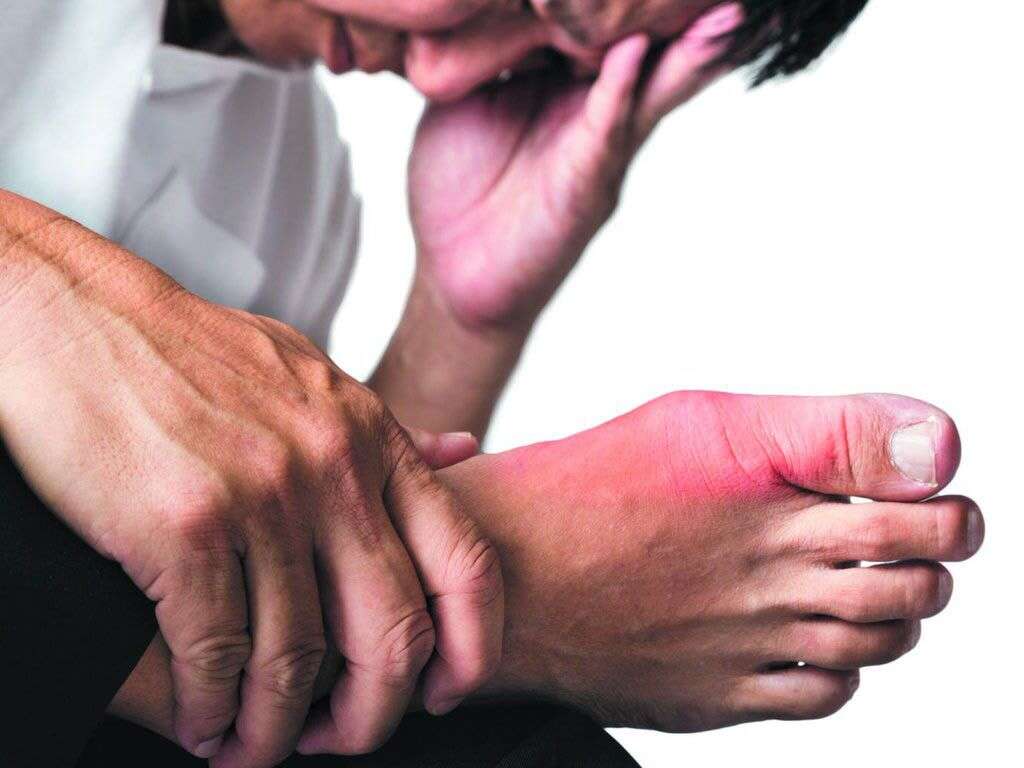10 Broken Toe Symptoms
Toes are important for maintaining balance, walking, and running, but you probably take them for granted until one of them is fractured or sprained. And this happens more often that you might imagine.
As a matter of fact, in 2007, out of the 117 million visits to the emergency departments in the United States, 14.6 percent were lower extremity injuries and 36 percent of these lower extremity injuries were broken toes.
Broken toe injury occurs as a result of falls, dropping objects on the toe, or stress. While they have some similarities, a broken toe is different from a sprained toe. Below are the 10 most common broken toe symptoms.

Symptom #1: Throbbing Pain
With a broken toe comes severe throbbing pain. This is one of the first broken toe symptoms that you are likely to notice because it is impossible to ignore throbbing pain. Even before you know whether your toe is broken or not, it helps to apply ice to the toe and keep it elevated until you can see a doctor.
The pain is usually excruciating and won’t go away easily. However, the ice will help reduce it. Keeping the foot with the injured toe elevated prevents blood from rushing into it, which also helps to lessen the throbbing pain. If you still cannot stand the pain, you can take some over-the-counter pain medication as you head to a doctor.
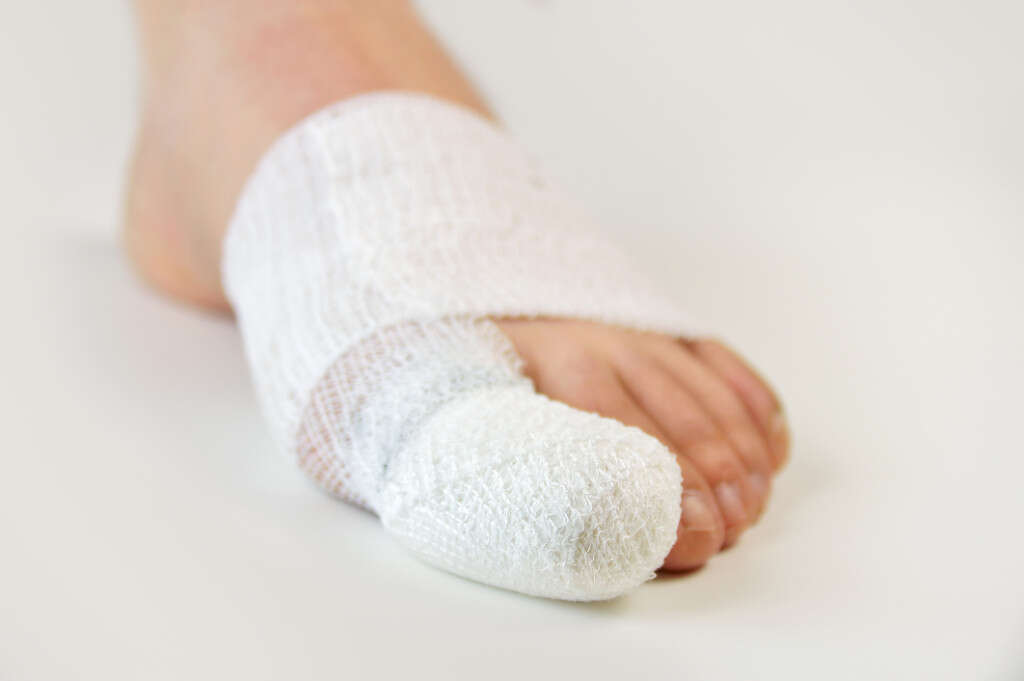
Symptom #2: Swelling
Another rather obvious symptom of a broken toe is the swelling. There is a difference between a strained and a broken toe. When a toe is broken, it will swell up as a result, while a sprained toe may not swell as much.
It is important to consult a doctor when you suspect that your toe is broken because, while it may seem like a small issue, it can be very severe and could have lasting and negative effects. The swelling can be painful and sensitive and make it impossible to walk properly. Visiting a doctor as soon as possible means that you can begin treatment sooner, which can reduce the discomfort.
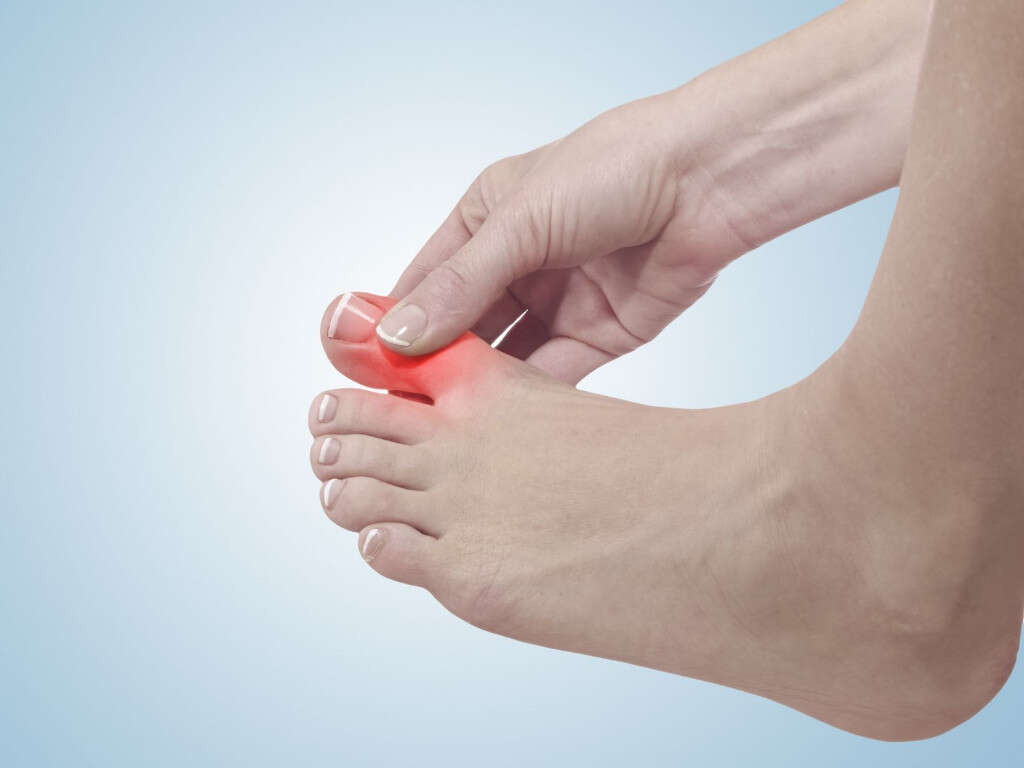
Symptom #3: Discolored Skin
A broken toe will also result in discolored skin around the site of injury. The toe may look bruised or change color and become very red. This is, however, only temporary and will disappear upon healing. If the toe is at an unnatural angle, you need to see a doctor as soon as possible as this can mean that besides being broken, your toe could also be dislocated.
Since a broken toe is sensitive, it would be best to avoid walking on the affected foot as much as possible. Keeping the foot elevated as much as practically possible would also be best, even after consulting a doctor.

Symptom #4: Inability to Put Weight on the Toe
If you have an injured toe so badly that it is broken, you will find it almost impossible to put weight on the affected foot. This is because of the swelling and pain that makes the foot very sensitive. Any attempt to put weight on the toe as you try to walk or stand up will cause excruciating pain to shoot through your body. The pain may even cause you to fall, which could expose you to further injury.
Because it is unlikely that you will be able to walk properly with a broken toe, you may need to use a crutch or a wheelchair to move around.
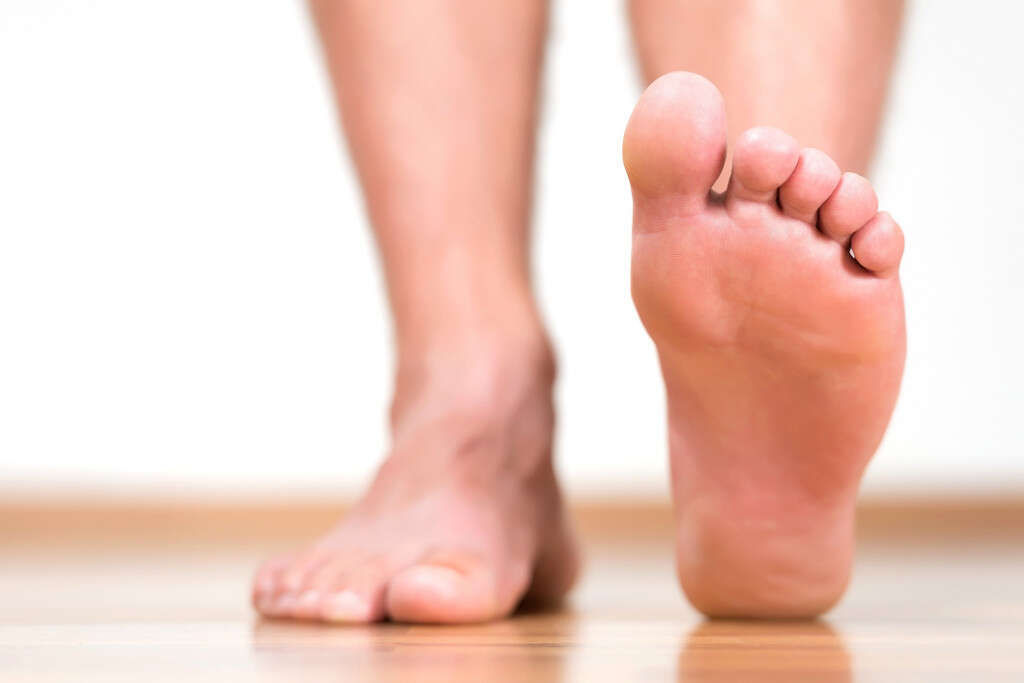
Symptom #5: A Cracking Sound During the Breakage
Broken toes range in seriousness from minor to severe and in most cases a doctor is needed to identify how serious the break is. You may hear a popping or cracking sound at the time the injury occurs. However, failure to hear it does not rule out a toe fracture.
That cracking or popping sound is almost a definite symptom of a broken toe; especially if pain, redness, and swelling also occur. To prevent deformity or infection to the broken toe, it is best to seek medical attention immediately and to keep the toe off the ground while heading to see a doctor.

Symptom #6: Tenderness to the Touch
A broken toe will leave you with an extremely sensitive toe that is also tender to the touch. Even the slightest touch will cause severe pain to shoot through the toe and foot. Applying ice to the toe and keeping it elevated by putting it on a pillow or something similar will help keep it away from any unnecessary stimuli until you get to a doctor.
Your doctor will normally prescribe medicine for the pain and inflammation as well as treat the toe after determining how serious the fracture actually is. It is possible to repair a broken toe without any lasting effects on its appearance or performance.

Symptom #7: Protruding Bone
A bone protruding from a broken toe is never a good sign, for which reason, you should consult a doctor immediately. A protruding bone can be extremely painful. The exposure can also lead to opportunistic infection. The injured toe should, therefore, be kept out of harm’s way.
If a broken toe is left untreated, the affected person could suffer serious effects such as arthritis, especially if the toe is fractured near a joint. Besides, if the toe is not properly aligned before it heals, it could lead to permanent deformity. This can result in problems when walking, moving the toe, and posture. It can also lead to chronic pain and discomfort.

Symptom #8: Infection in the Joint
Sometimes, the broken toe may become infected. This is most common if there is a superficial injury besides the fracture. When a broken toe is infected, the result is more pain and swelling. The infected toe may also feel very warm and red. You will experience these symptoms more intensely than would normally happen.
A pus pocket may also form and if it happens to burst, it will result in pus draining from the injured site. If you fear that your broken toe is infected, you should see a doctor as quickly as possible for treatment and to prevent the infection from worsening.
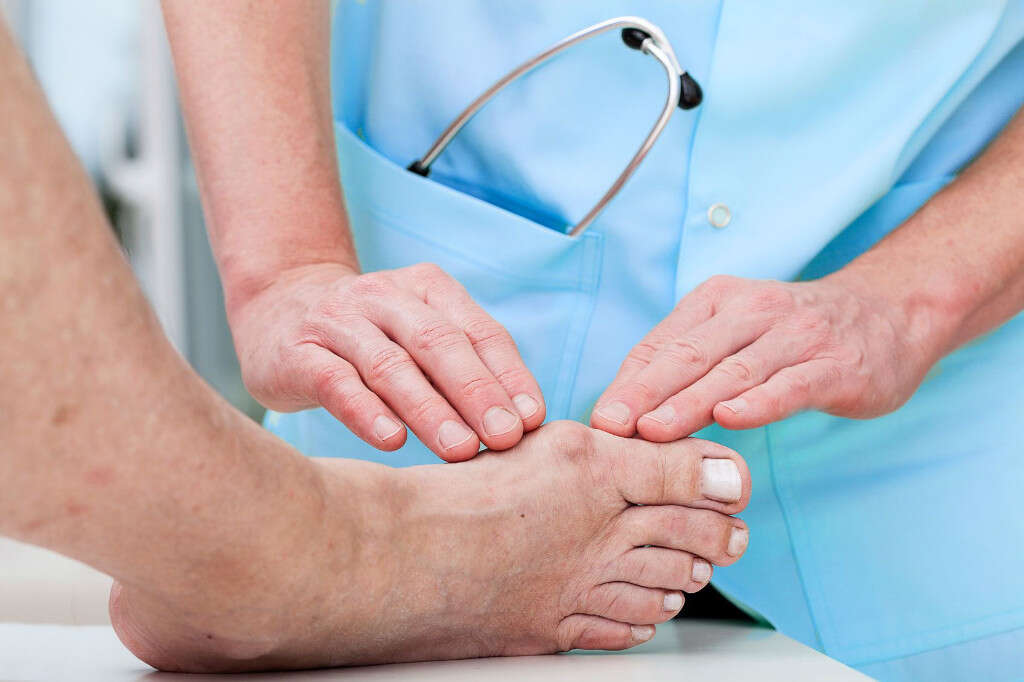
Symptom #9: Numbness
Numbness is another common symptom of a broken toe. A tingling sensation can also occur along with the numbness. While it is possible to treat a broken toe at home, especially for a mild fracture, it advisable to seek medical help to determine how severe the injury actually is.
A doctor will also be able to prescribe the right kind of medication for the specific injury you have suffered. In some instances, a fracture can be serious and may require surgery to fix it. You would need a competent doctor to carry out such evaluation and treatment. The numbness will normally disappear once you receive treatment and the toe is finally healing.

Symptom #10: Deformity
Some people assume that it is possible to treat a broken toe at home. Sometimes, this is possible provided the injury is minor. However, this is not the best assumption. If a broken toe is not treated, it may lead to permanent deformity.
A broken toe needs proper alignment to allow for proper healing. Failure to align it before it starts to heal can lead to deformity that can range from a simple, visual disfigurement, to a more serious disfigurement that may also affect the foot. Therefore, never ignore a toe injury by waiting it out to heal without knowing the extent of the injury. Get a doctor’s opinion and a thorough examination.






